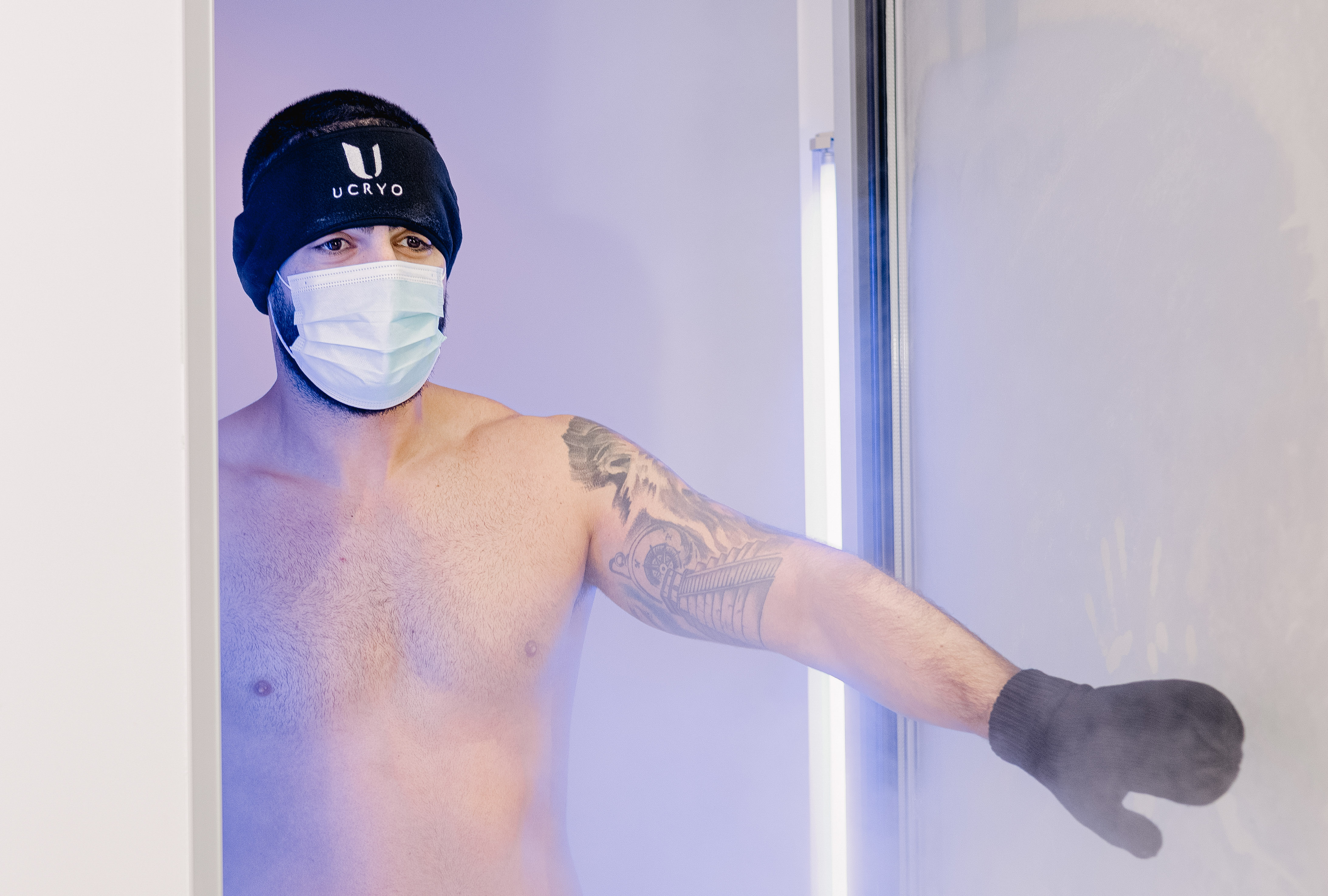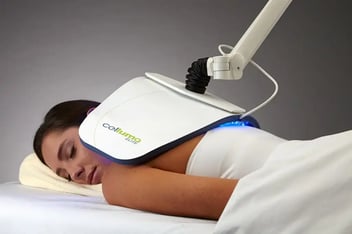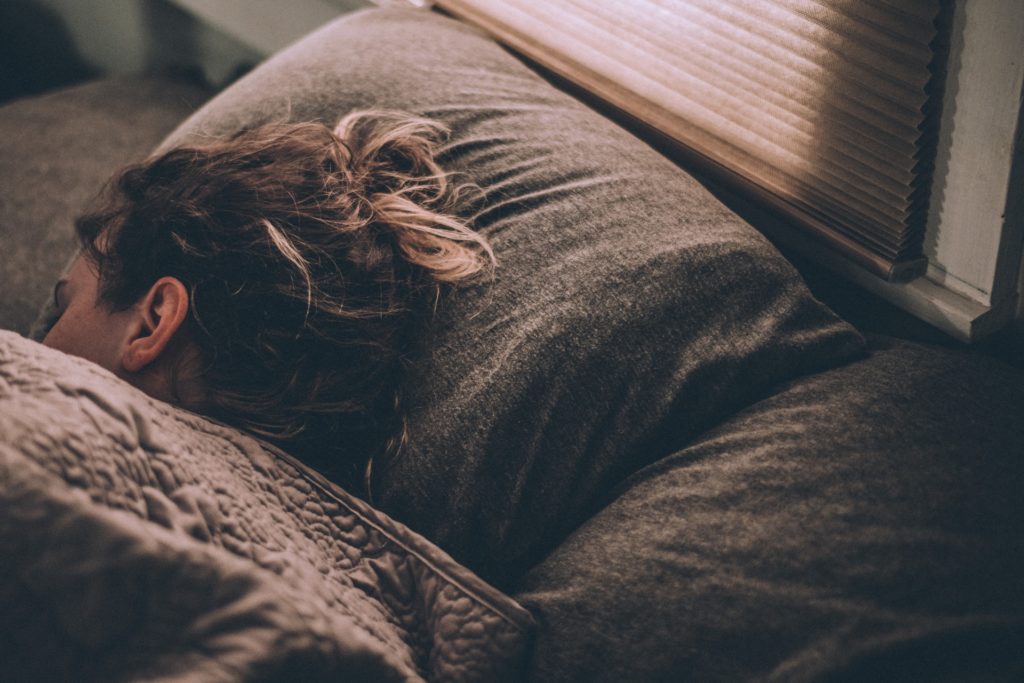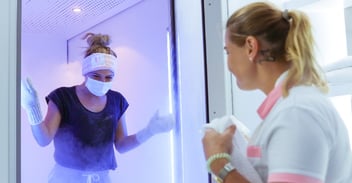Cryotherapy is a treatment that uses freezing temperatures to freeze and destroy abnormal or damaged tissue. It can be used for various skin conditions, such as warts, skin tags, and some cancers, as well as for pain relief, muscle recovery, and wellness.
If you are curious about trying cryotherapy for the first time, you might have some questions and concerns. This article will explain what cryotherapy is, how it works, the benefits and risks, and what to expect from your first session.
What is cryotherapy, and how does it work?
Cryotherapy is a process that exposes your body or a part of it to very low temperatures, usually below -100°C. There are different types of cryotherapy, such as:
- Whole-body cryotherapy: You enter a cryotherapy booth or chamber surrounding your body with cold air or nitrogen gas for 3 to 4 minutes. This stimulates blood circulation, reduces inflammation, and activates the nervous system.
- Local cryotherapy: A device or a cotton-tipped applicator delivers cold air up to -70 degree cryogen to a specific area of your skin, such as a wart or a skin tag. This freezes and destroys the abnormal tissue.
- Cryo facial: A device sprays cold air up to -70 degree on your face for 10 minutes. This enhances collagen production, tightens pores, and reduces redness and puffiness.
- Cryo T-shock: A device that alternates hot and cold temperatures to a specific area of your body, such as your abdomen or thighs. This stimulates fat burning, cellulite reduction, and skin toning.
Cryotherapy works by causing direct tissue damage due to freezing and thawing, as well as indirect effects due to changes in blood flow, oxygen levels, and inflammation. The exact mechanism of action depends on the type and duration of cryotherapy and the tissue type and location.
Is Cryotherapy safe?
One of the most critical aspects of cryotherapy is safety. That’s why UCRYO employs the safest cryotherapy chambers globally, which use oxygen instead of nitrogen air. This distinction sets UCRYO apart and reinforces the commitment to client safety and comfort.
Unlike nitrogen-based chambers, which can pose an asphyxiation risk by reducing the oxygen level in the air1, oxygen-based chambers use freshly oxygenated cool air to fill the chamber without risk of exposure to harmful gas1. UCRYO’s cryotherapy chambers also have a thermal monitor and an oxygen sensor to ensure optimal temperature and oxygen levels2. With UCRYO, you can enjoy the benefits of cryotherapy without worrying about your safety.
You may have heard of nitrogen cryo chambers widely used in the industry. However, these chambers have many risks and drawbacks that you should be aware of. Nitrogen cryo chambers fill the treatment area with hazardous gas, so clients must keep their heads out to avoid inhaling nitrogen during the treatment or open window in the chamber which reduce the cooling. Nitrogen increases the risk of forced air burns and uneven cooling, causing extreme discomfort.
Our electric chambers are the only safe cryotherapy chambers that do not use nitrogen. They provide a uniform and comfortable cooling experience that covers the whole body, including the head. They also eliminate the risk of gas inhalation and burns. Our electric chambers allow you to enjoy a safer and more effective cryotherapy session.
What are the benefits of cryotherapy?
Cryotherapy has been shown to have various benefits for different conditions and purposes. Some of the potential benefits are:
- Pain relief: Cryotherapy can reduce pain and inflammation by numbing the nerves and decreasing the production of pain mediators. It can also increase the release of endorphins, which are natural painkillers.
- Muscle recovery: Cryotherapy can enhance muscle recovery after exercise or injury by reducing muscle soreness, swelling, and damage. It can also improve blood flow and oxygen delivery to the muscles.
- Skin rejuvenation: Cryotherapy can improve skin appearance and health by stimulating collagen synthesis, reducing wrinkles and sagging, improving skin texture and tone, and clearing acne and blemishes.
- Weight loss: Cryotherapy can boost metabolism and fat burning by increasing energy expenditure and activating brown fat cells. It can also reduce appetite and cravings by affecting hormone levels.
- Wellness: Cryotherapy can improve mood, sleep quality, immunity, cognitive function, and overall well-being by activating the nervous system, reducing stress hormones, enhancing antioxidant activity, and balancing neurotransmitters.
What are the risks and side effects of cryotherapy?
Cryotherapy is generally safe and well-tolerated but can also have risks and side effects. Some of the possible complications are:
- Skin irritation: Cryotherapy can cause redness, itching, burning, blistering, scarring, or pigmentation changes on the treated skin. These effects are usually mild and temporary.
- Frostbite: Cryotherapy can cause frostbite if the skin is exposed to very low temperatures for too long or without proper protection, thats why users of cryotherapy should wear gloves, socks and ear bands.
- Allergic reaction: Cryotherapy can trigger an allergic reaction in some people who are sensitive to cold temperatures or certain cryogens. This can cause hives, swelling, difficulty breathing, or anaphylaxis.
How to prepare for your first cryotherapy session?
Before you book your first cryotherapy session, consult your doctor if you have any medical conditions or concerns that may affect your suitability for cryotherapy. Some contraindications for cryotherapy include:
- Pregnancy
- high blood pressure.
- Heart disease
- Raynaud’s syndrome
- Cold urticaria
- Cryoglobulinemia
- Multiple myeloma
You should also inform your cryotherapy provider if you have any skin lesions, infections, wounds, or implants in the area to be treated.
To prepare for your first cryotherapy session:
- Wear comfortable cotton underwear (for whole-body cryotherapy) or clothing that exposes the area to be treated (for local cryotherapy).
- Remove any jewelry or metal objects from the area to be treated.
- Avoid applying any oils or lotions on your skin before the session.
What to expect during your first cryotherapy session?
During your first cryotherapy session:
- You will be asked to complete a consent form and a health questionnaire.
- You will be given protective gloves, socks, shoes (for whole-body cryotherapy).
- You will enter the cryotherapy chamber (for whole-body cryotherapy) or sit or lie on a table (for local cryotherapy).
- You will feel a blast of cold air on your body or face (depending on the type of cryotherapy).
- You may experience discomfort or tingling during the session, but it should not be painful.
- A trained staff member will monitor you throughout the session who will adjust the duration according to your tolerance level.
- You will exit the chamber (for whole-body cryotherapy) or have the device removed from your skin (for local cryotherapy) after 3 to 4 minutes (for whole-body cryotherapy) or 5 to 10 minutes (for local cryotherapy).
What to expect after your first cryotherapy session?
After your first cryotherapy session:
- You may notice some redness or swelling on your skin that should subside within a few hours.
- You may feel refreshed, energised, and euphoric due to the release of endorphins.
- You may notice some improvement in your pain level, muscle recovery, skin condition, or mood, depending on your goal for cryotherapy.
- Depending on your condition and response to cryotherapy, you may need more than one session to achieve optimal results.
Cryotherapy is a treatment that uses extremely cold temperatures to freeze and destroy abnormal or damaged tissue. It can benefit from pain relief, muscle recovery, skin rejuvenation, weight loss, and wellness. However, it also has some risks and side effects you should know before trying. If you want to try cryotherapy for the first time, you should follow the safety tips and preparation guidelines provided by your provider and inform them of any medical conditions which may be a contraindication to cryotherapy. You should also have realistic expectations about what to expect during and after your first session and monitor your progress closely. Cryotherapy can be a safe, effective alternative and preventative for many ailments when done correctly and under professional supervision.
If you are curious about cryotherapy and want to experience its benefits for yourself, you should visit UCRYO Wellness Center, the leading wellness and fitness hub in Dubai. UCRYO offers a range of services that use cold temperatures to improve your health, wellness, recovery, and beauty.





